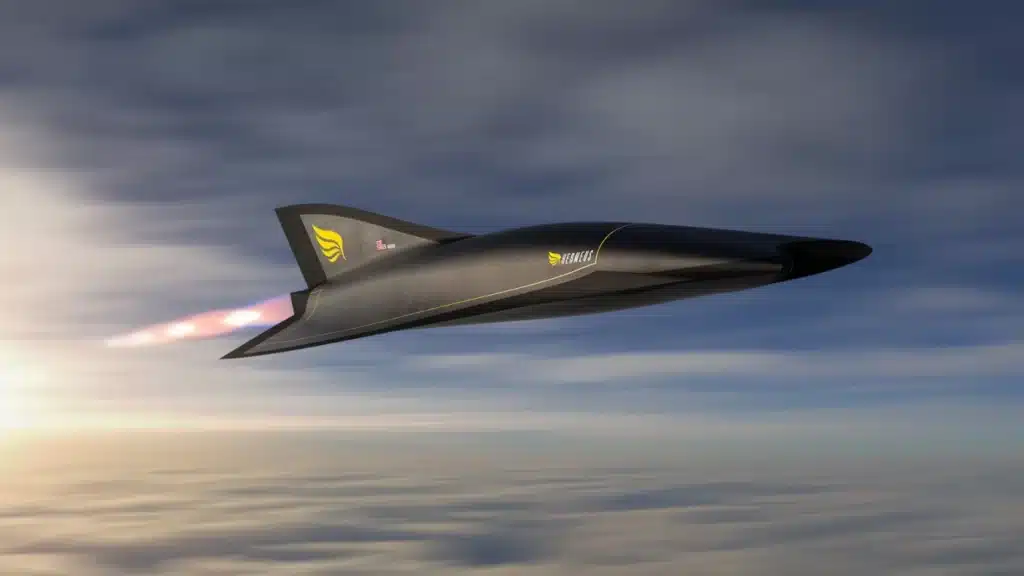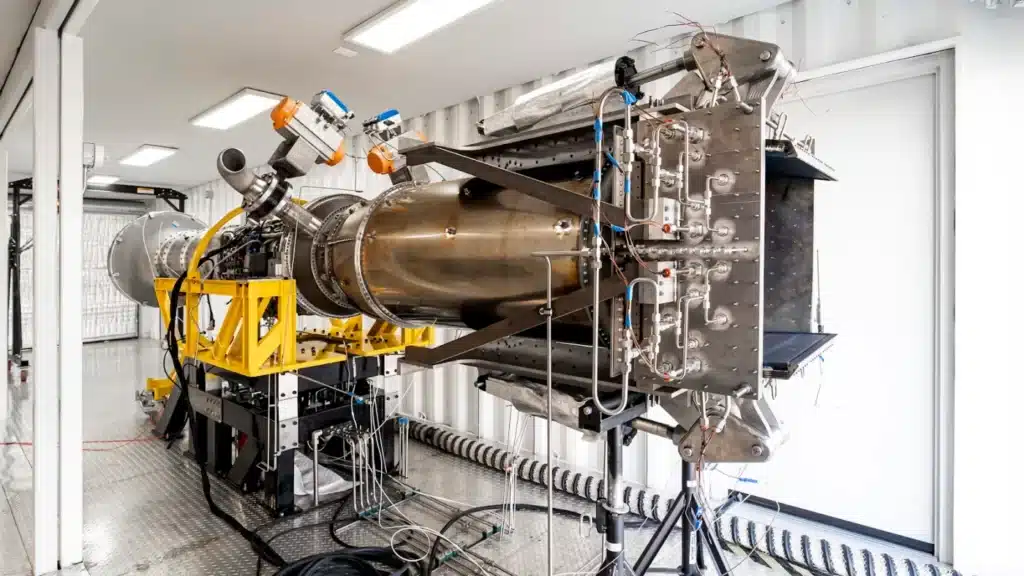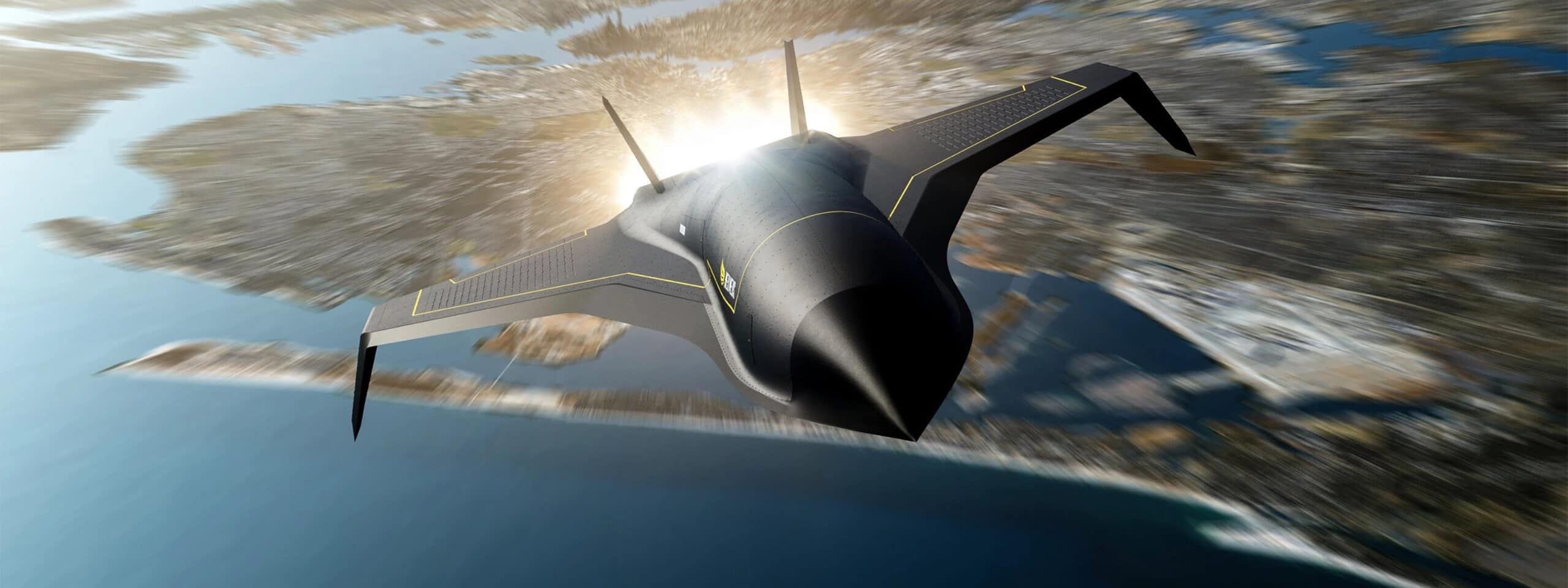The fastest commercial jet today travels at around 1100 kilometers per hour (680 miles per hour), but startup Hermeus is developing something that can pulverize this data. These are hypersonic aircraft that would make its passengers travel at speeds of at least 6000 kilometers per hour (3.800 mph): Mach 5, five times the speed of sound.
If successful, such an innovation can literally change the world, but will superfast flight ever be affordable?
Hypersonic aircraft: more time for everything
The first advantage of hypersonic commercial airplanes is that they would cut down on time. Today we spend seven hours flying from New York to London: on a hypersonic commercial jet the journey would only take 90 minutes.
For tourists, this can mean more vacation days: for business travelers, less time wasted on the go. Commercial hypersonic flight can truly be a gameplayer, and change our perception of the world once again.
More or less, like when cars replaced horses.

The challenge? It's all cheap
To be revolutionary, however, this technology does not have to prove it on a technical level (aircraft already exist that carry passengers safely even beyond Mach 5). It has to do it economically: guaranteeing costs low enough to allow travelers to pay for the ticket for these hypersonic planes.
Not easy. For example, the Concorde (which also flew "just" below Mach 2) has never managed to do so. An average transatlantic flight cost the equivalent of 12.000 euros today: too high a cost that contributed to the failure of the whole project.
How to do? It would help to keep the plane as light as possible, reducing the amount of fuel needed. And here the biggest problems arise.
The powerful rocket engines that propel usual hypersonic planes require a liquid oxygen tank, which can add a lot of weight to the plane.
I ramjet engines (which extract oxygen from the atmosphere rather than from a reservoir) have problems working at low speeds.
The idea
Hermeus thinks the key to keeping the costs of hypersonic aircraft down will be combining a ramjet with a traditional jet engine. A solution known as a “turbine-based combined cycle propulsion system” (TBCC).
In summary: the turbojet can power the aircraft when taking off from a runway. Once in the air the ramjet would operate until it was time to land: at that point, turbojet again.
Nice idea: the secret, of course, is to put together in the best way two technologies that, taken alone, we have been using for 50 years. Planes with TBCC systems have already flown (for example the SR-71, US spy plane), but no one has ever thought about this propulsion system for a commercial passenger aircraft. Until today.

Hermeus tries
Some investors think Hermeus could make it: Between July 2021 and March 2022 the US Air Force invested nearly $200 million in the company. At first glance it is a very ambitious, almost prohibitive project, but the many talents in the company and a very respectable roadmap make the undertaking possible.
The first flying prototype (codename: Quarterhorse) is expected by 2023: a life-size one will follow, Darkhorse. Last stop? The final aircraft, Halcyon: the first 20-seat hypersonic commercial aircraft.
Why 20 seats? According to the company, it is the perfect size to be able to make prices sustainable at this stage. Clearly for a target who usually travels in business class. Maybe. We won't be sure until we see working planes.
And further on?
Winning the economic challenge and making the costs of hypersonic aircraft affordable will pave the way for many operators. And in any case, whatever the technology, there will be alternatives: rest assured.
The startup Space Transportation is developing an airplane that promises to carry people from one side of the globe to the other in an hour. A kind of rocket-aircraft hybrid that (my opinion) it might cost too much.
Also SpaceX, Elon Musk's aerospace company, he plans to use his huge Starship rocket (under development) for hypersonic travel around the world. Here the costs would be much lower: with a capacity of almost 1000 passengers, the flight on such a giant could cost just over 1000 euros.


